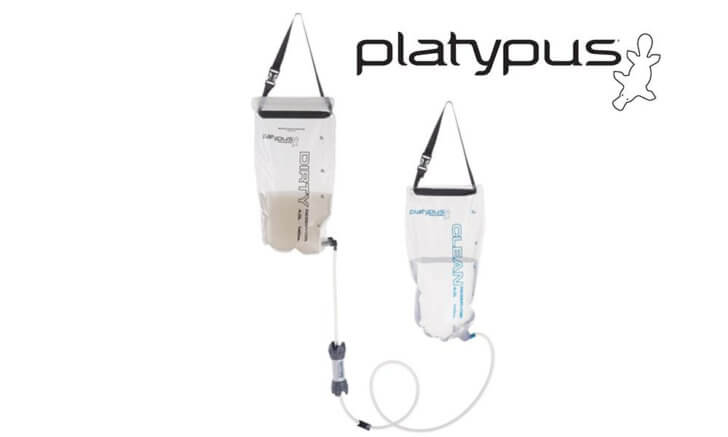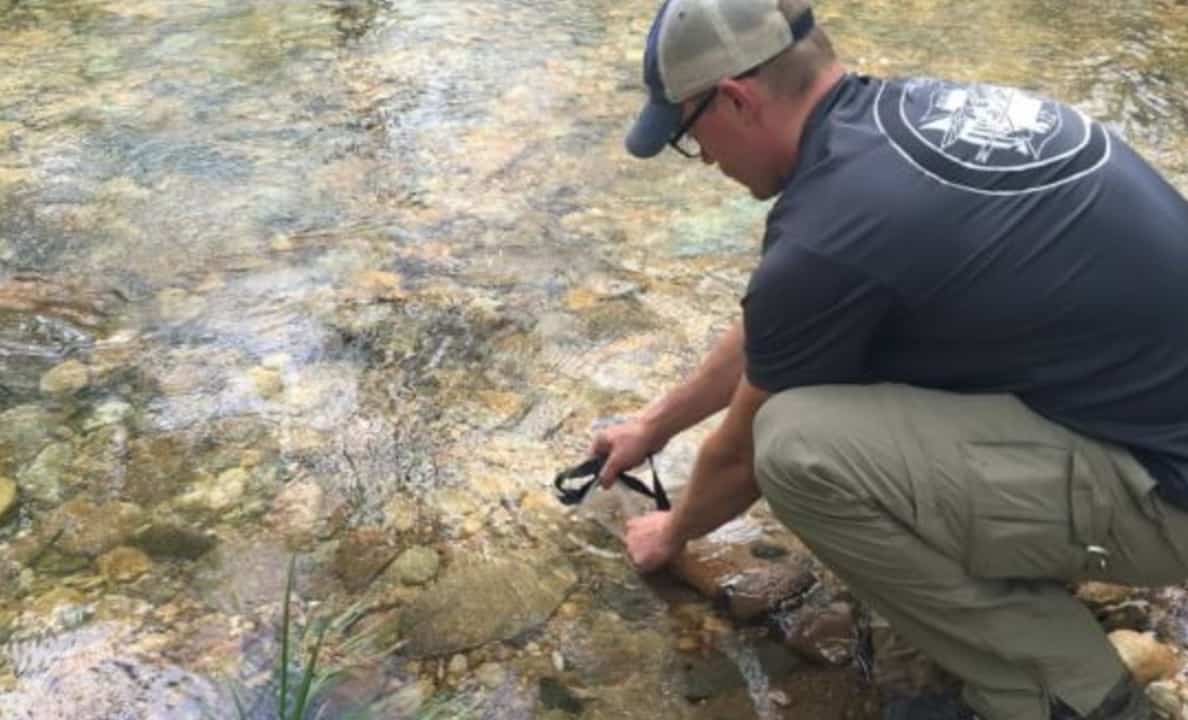This Platypus GravityWorks review will show how this water filtration system provides the backcountry hiker with a reliable and convenient means of filtering water while on the trail. Additionally, this system is available in two versions: The 4.0L (135 oz.) and the 2.0L (68 oz.) models which provide options for filtering water into a clean water reservoir bag or directly into bottles. Also, the gravity fed system offers a quick and effortless approach to filtering large amounts of water while leaving the user hands-free to work on other essential camp chores.

Features:
- 8 liter (135 oz.) total water capacity (perfect for groups or water storage on those longs dry hauls)
- Dirty zip-lock style bag -Easy to fill by dipping the bag into water or using a cup to fill it from smaller sources -Hanging strap with buckle -Quick disconnect tube attachment
- In-line gravity water filter -Fast hands-free operation -Easily backflush the microfilter for maintenance in the field
- Clean reservoir bag -Hanging strap with buckle -Screw on hose adaptor for secure seal -Hose shut-off clamp for storing and dispensing water at leisure
- Storage sack
- Options for using other Platypus products to create a system just right for you
- Introduction
- Performance
- Summary
Read on for the full report!
Article Outline
# of Photos: 3; Word Count: 1,300
Member Exclusive
A Premium or Unlimited Membership* is required to view the rest of this article.
* A Basic Membership is required to view Member Q&A events




Home › Forums › Platypus GravityWorks Filter Review – 4.0L Water Filtration System